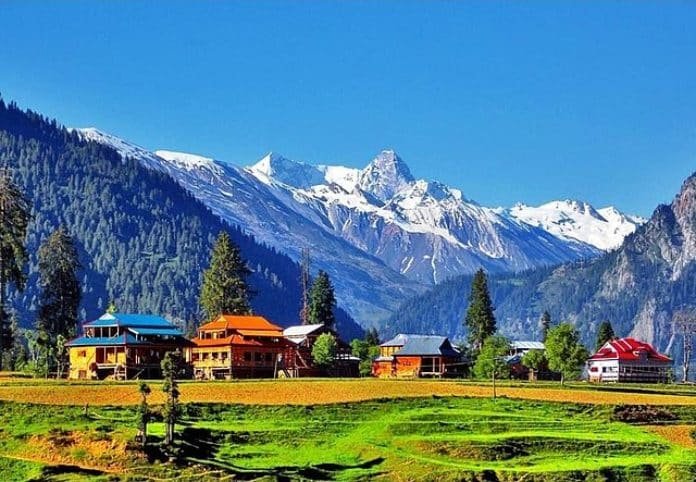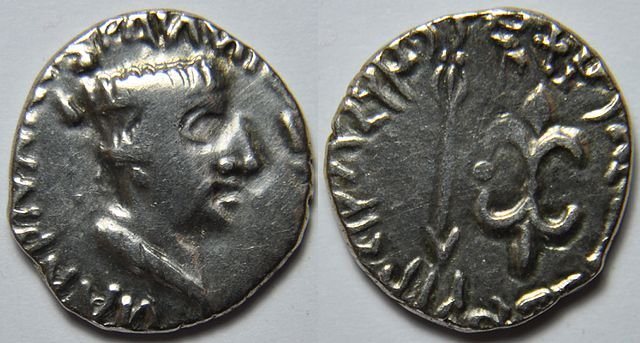The ancient Greeks had a significant presence in India during the Hellenistic period, which lasted from 323 BCE to about 30 BCE. This period saw the spread of Greek culture and influence throughout the eastern Mediterranean and beyond, as the empire of Alexander the Great and his successors reached as far as India.

The first settlements were likely established by Greek traders and mercenaries who accompanied Alexander’s armies on their conquests. The most famous of these settlements was the city of Alexandropolis, which was founded by Alexander himself in 326 BCE and was located in present-day Pakistan.
The Greeks in India also established cultural and economic ties with the local population. They introduced new crops and technologies and traded with the Indians for goods such as textiles and spices. The Greeks also intermarried with the local population and adopted Indian customs, leading to the creation of a unique Greek-Indian culture. They are even mentioned in various chapters of both Ramayana and Mahabharata, India’s great epic poems.
Another well documented example of Greek influence in India is the city of Taxila, which was a major center of trade and learning. The city was visited by Greek scholars such as the philosopher Aristotle and was known for its universities and libraries.
Kashmir

The region of Kashmir in India was once ruled by more than eleven Greek kings beginning in the second century BC and continued until the early first century AD. Even today Kashmiris refer to a person with a fair complexion and light-colored eyes as Yava (Ionian) based upon the features of the ancient Greek people from Ionia.
Also the Bactrian Greeks are said to have ruled over Gujarat under the famous Greek king Menander (Μένανδρος). Gujarat is still one of the most prosperous states in India. This rule is evidenced by many coins with Greek inscriptions.

Religion
“Surprisingly, the Greeks within India predominately followed Buddhism and Hinduism, two Indic faiths that gained popularity in Asia thanks to a large extent to the Greeks themselves.” This quote is by Arunansh B. Goswami, referenced below, who in his articles goes into details. One of which is that “The Buddhas of Bamiyan, which were destroyed by the Afghan Taliban, were an example of the Gandhara style of art, also called Greco-Buddhist art. It exhibited the influences of the Hellenistic styles of classical Greek sculptures.”
The presence of the Greeks in India eventually came to an end with the rise of the Roman Empire and the decline of the Hellenistic kingdoms. However, the legacy of the ancient Greeks in India can still be seen in the cultural and architectural remains that have been preserved to this day. Such as the temple at Martand shown above.
This article is based upon a ChatGTP enquiry and a series of articles in the Greek Reporter by Arunansh B. Goswami.
Learn more about similar connections from India Experiences . . .
–includes mass pilgrimage of Kanwar Yatra & festivals like Raksha Bandhan
–cost of living in India metro areas

3 thoughts on “Ancient Greeks in India”